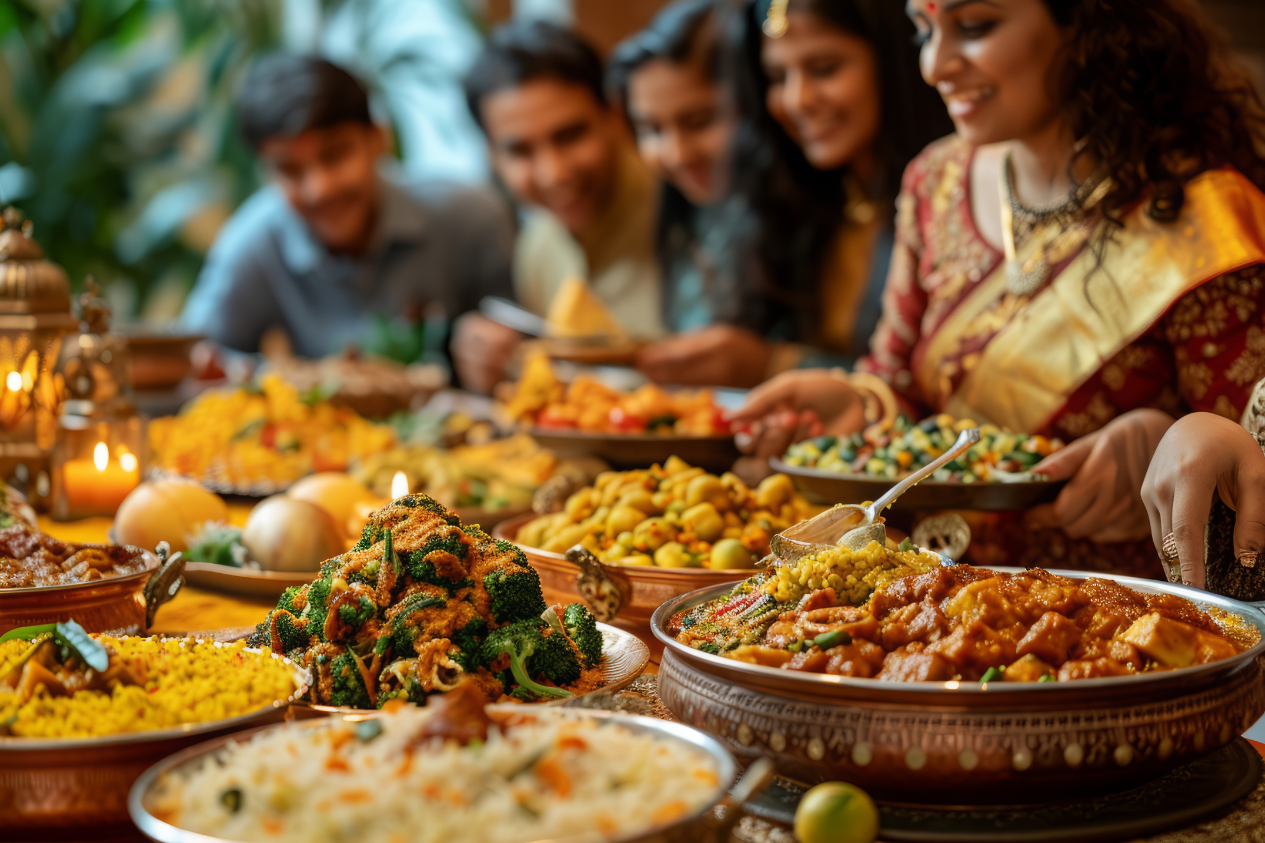
Rituals on a Plate: The History of Food Offerings in Indian Festivals
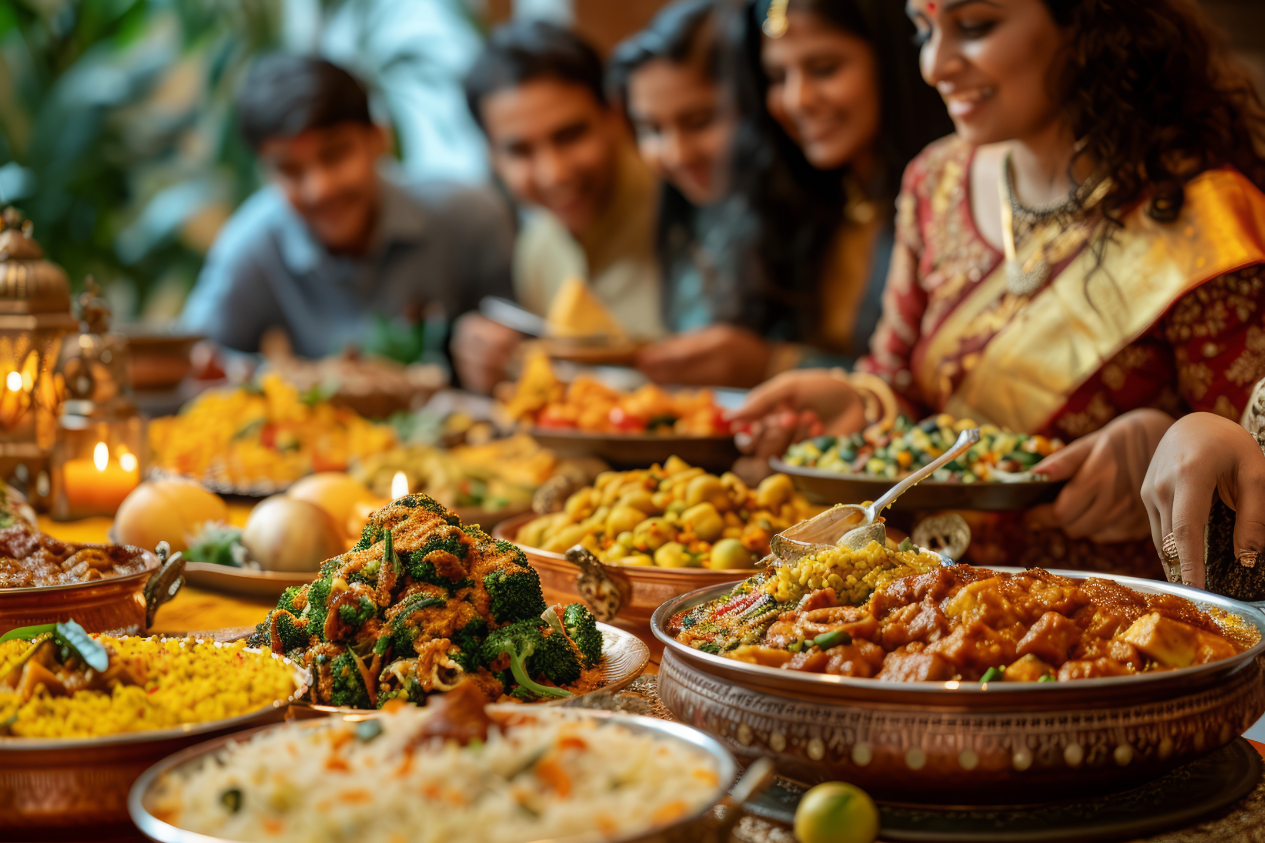
Food in India has never just been about nutrition and sustenance; it has always communicated something - a place to express devotion, and gratitude, and is the rhythm of life. No Indian festival is complete without a food-based ritual around offerings. Food offerings give us the sacred and the celebratory on the same plate. Whether it is the ancient practice of naivedyam, the shared meanings of a panchamrit, or the contemporary interpretation of a bhog, the narrative behind food offerings in Indian festivals expresses traditions of continuity, change, and living cultural meaning.
This blog will consider how food offerings shaped India’s festival practices, how they continue to change, and why they remain one of the strongest linkages between spirituality and existence.
Historic Origins: Food as a Link Between Human Beings and Deities.
The notion of food as an offering runs deep in the Indian spiritual worldview. In the Vedic period, a central component of worship in sacrificial rites (yajnas) was food and grains. Ghee, grains, fruits, and milk were poured into the sacrificial fire.
But this is more than symbolism. The cycle of food being offered and returned to the divine acknowledges that the very act of eating is a gift from nature. In many Indian homes, meals still begin by offering food silently, as a gestural connection to this ancient offering.
Over the ages, the offering ritual progressed from fire to altar. Temples are the keepers of sacred food traditions, formalising the concept of naivedyam. Naivedyam is food laid before a deity in an act of devotion before the devotee consumes it as prasadam.
Naivedyam: The Divine First Serving
Naivedyam is arguably the most ancient food offering in the country. The word naivedyam is derived from Sanskrit, which means that thing offered to God. Before the food is eaten, a small portion is always placed on the plate before whatever or whoever is being worshipped.
The temple culture has developed such that naivedyam itself has very rich traditions. For example, some temples will offer 56 different dishes as naivedyam every day, like in Puri's Jagannath Temple, called Chhappan Bhog.
In the South, temples will serve naivedyam that contains rice, lentils, tamarind rice, pongal and sweets; and each item is prepared in cleanliness, without the use of onion, garlic, or excessive spices, and emphasising purity in simplicity. The idea is that the food being offered to the deity in the temple, once it has been accepted, is now prasadam — food that is blessed by a divine being. Eating prasadam is not solely about the taste of the food; it is an opportunity to receive grace from the deities' food, and it is a tradition that transcends regional, caste, and community borders.
Panchamrit: Meaning in Simplicity
One of the most common ritual foods throughout India (in households and temples) is called panchamrit - the nectar of five sources. Traditionally, panchamrit is a mixture of milk, curd, ghee, honey and sugar. Each component has a spiritual meaning:
- Milk has the meaning of purity.
- Curd has the meaning of prosperity and growth.
- Ghee has the meaning of strength and metamorphosis.
- Honey has the meaning of sweetness and union.
- Sugar has the meaning of happiness.
When abhishekams (the bathing of a deity) are performed, panchamrit will be poured over the deity and is generally offered as prasadam after the abhishekam is performed and when sanctified. Other than being a food that is shared as offerings to deities, its widespread use by different traditions and groups signifies its deep, common ties as ritualistic food.
Some traditions add fruits, tulsi leaves, or some medicinal herbs to the panchamrit, which connects the act of the food offering directly to the principles of health and well-being. This reflects the ancient Indian concept that food is medicine, because when sanctified, food is taken as nourishment for both body and soul.
Regional diversity: from Pongal to Modaks
The various Indian festivals illustrate the astonishing diversity of ritual food presentations (often called offerings), all connected with local crops, seasons and customs.
South India: The festival of Pongal celebrates the new harvest and marks an offering of rice (cooked with jaggery and milk) to the Sun God, with the overflowing pot representing bounty. In Tamil Nadu, you typically offer ven pongal (savoury rice + lentils) and sakkarai pongal (sweet pongal) as the naivedyam.
Maharashtra: When we think of Ganesh Chaturthi, we can think of modaks! Steamed or fried dumplings filled with jaggery and coconut from the sugarcane - a delicious treat of Lord Ganesha! Making modaks at home is not only a devotional act, but a great way to have family time that sees you all mishmashing it all together - for some, memories can even be created around the act of making modaks!
West Bengal: During the rituals of the Durga Puja, the bhog is extravagant! The bhog of khichuri, fried vegetables (alu bhaja is a favourite), labra (mixed vegetable curry), chutney, and either sandesh or an even sweeter showstopper culminating in sweets at the end brings an audience of hunger to a communal act that embodies the spirit of the festival.
North India: During the festival of Navratri, an offering of kala chana and poori, jaggery, and halwa can be offered to Goddess Durga. The same goes for Janmashtami, where an offering of makhan-mishri (butter + sugar) can remotely reproduce the affection that Krishna showed for butter.
No less importantly, beyond all this food, the symbolism and the acts of offering ritual foods burst off the plates as we bring the myth, harvest, and devotional act into storytelling on the plate for us.
Modern Bhog: Changing Offerings in Current Times
Like India, the rituals of bhog are also becoming contemporary. Items of bhog today reflect luxury items of the past. Some idols receive chocolates, dry fruit, and packaged sweets during the time of the year when bhog offerings are commonly made for festivals. In India, urban families are saying “NO” to boring bhog and are instead offering cakes, cookies, and fusion sweets reflecting the devotees' shift in taste buds.
Temples too have changed bhog ways. Many modern temples are now distributing ready-to-eat, packaged prasadam for the convenience and hygiene of devotees. You can visit a temple, order a naivedyam online, pay using a digital wallet for a donation, and the temple will provide food prepared by the temple kitchen.
However, despite the modern bhog changing traditions, the spirit of bhog is still the same: devotion and sharing. It doesn't matter if it's a simple banana offered to an idol or a full spread at a temple festival; a bhog is full of gratitude and building relationships.
Food Offerings as Cultural Memory
Ritual foods are also containers of memory. For many, the scent of a pongal that is laden with jaggery, or the flavour of a hot modak, cannot be separate from memories of childhood about a festival. Recipes passed through the generations contain not just ingredients and methods of preparation, but stories, beliefs, and values.
In this way, ritual offerings become cultural anchors in time. They provide us with reminders of continuity; that we are a part of an uninterrupted chain of devotion and celebration that has been occurring for thousands of years.
Follow Foodism for more such interesting information.
Related Blogs

How to Store Festive Leftovers Without Losing Taste or Freshness
63 Views
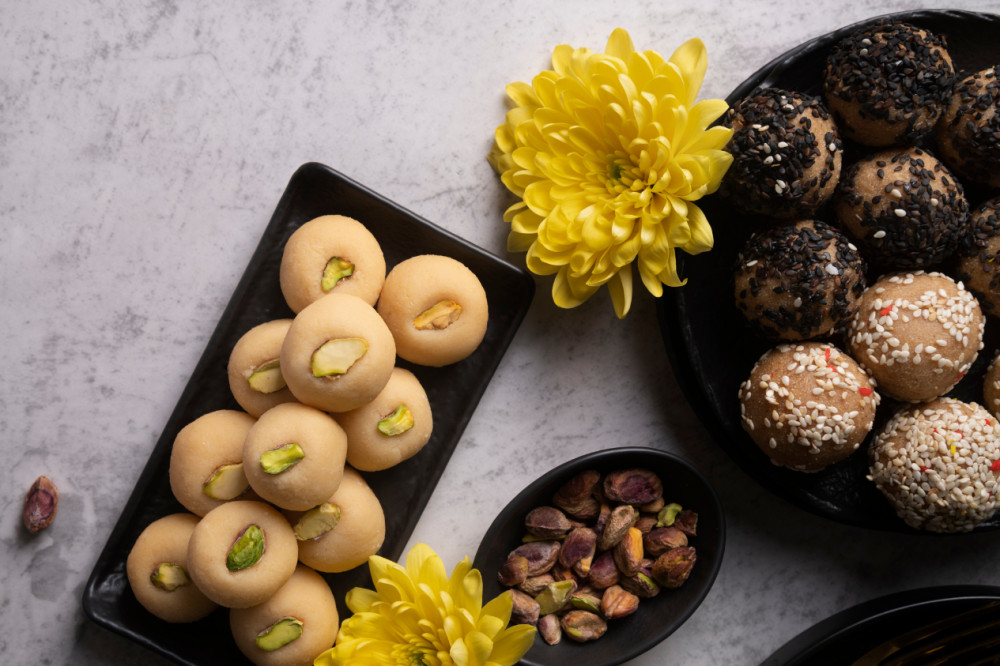
Quick Diwali Sweets Recipes 2025: Ready in Under 30 Minutes
98 Views
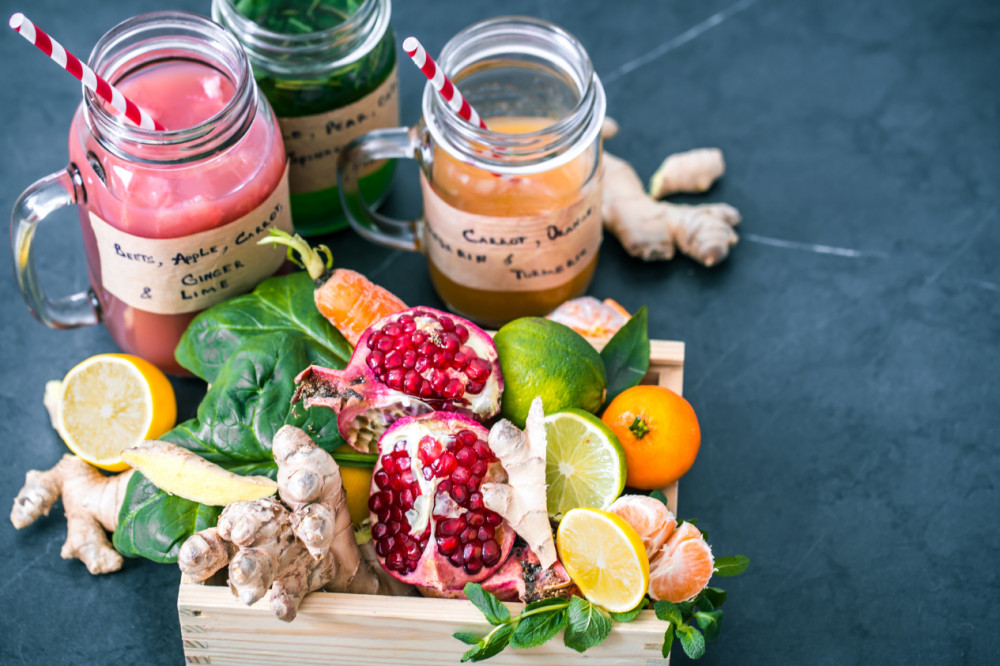
October Smoothies: Indian Fruits & Spices to Boost Immunity
67 Views
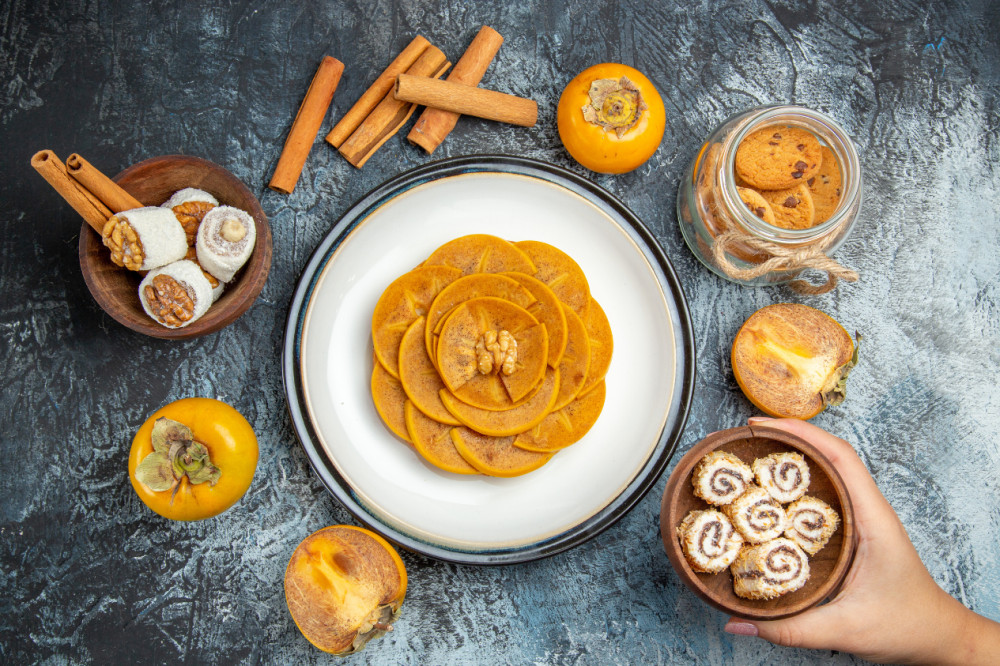
Indian Autumn Baking 2025: Pumpkin, Jaggery & Cardamom Cake Recipes
86 Views
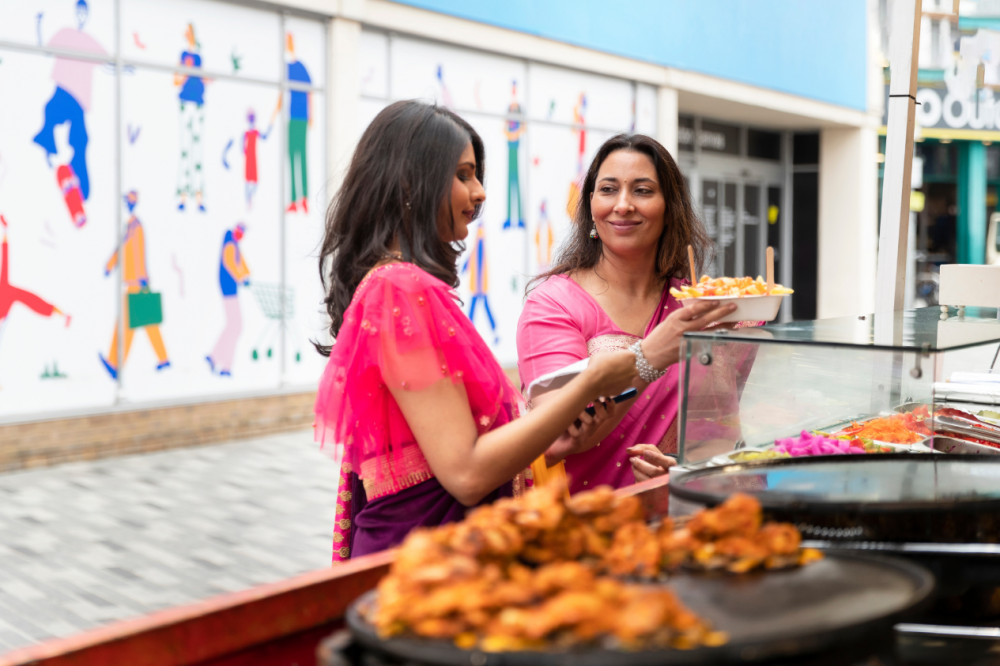
Street Food at Home: Chaat Recipes You Can Make This Festival Season
71 Views